Squatting the City
This is SQUATTING THE CITY: A proposal for city development as a process that is based on social and spatial interaction (conflicts, opposition and communication), Direct Action and Autogestion by its users and their needs within the local context. Space is never static or finalized but always in transformation, it is modified within a continued process of social and spatial interaction, change of needs, users, economic circumstances and resources. Development is not seen in terms of growth or expansion however it is defined by change and transformation that create further process. It does not matter how the city or the concrete site looks like – waste land or high dense buildings, mixed- or mono-use. But it does matter what is needed and seeked by the locals - because they still are the real experts on what they need or what would be used. The architects in this process are no longer the experts of use and zoning, however they remain the experts on constructing a building, on how to spatialize social interaction, identify and create spaces of communication or conflict and how to advance transparency of the process itself as well as communication due to visualization by creating images and illustrations.
SQUATTING THE CITY is a concrete proposal of another planning, aside a conventional and determined master plan, for a real site in the Galician town Cangas do Morrazo (about 26.000 inhabitants) in Spain. Within a five-minutes-walk from the center of the small town arises a vast industrial site with scattered industrial buildings from the beginning of the 20th century inside a wide open space recaptured by the nature since the factory´s close down in the 90s. The former industrial area of a fish canning factory is located between the town center and the residential area alongside the coast. In the middle of typical privatized urban sprawl and a high dense town center the site got appropriated by the townsfolk as their common space of recreation, wharf and passage by foot or bike. With the future development of the site as a private residential area for wealthy people and vacation guests by a real estate enterprise the people realized the loss of a significant appropriated public space due to a private capital investment that would have nothing in return for the majority of the local inhabitants. People acted quick, mobilized as an oppositional network and reached significant changes in local politics, gained the conservation of the buildings as industrial heritage, further appropriation of the area as a common ground and searched for alternative proposals for a urban development as a public space with and by the people.
SQUATING THE CITY is one of those proposals that does not want to achieve a development as a whole but by everyone who wants and needs to use this space.
 Share / Save
Share / Save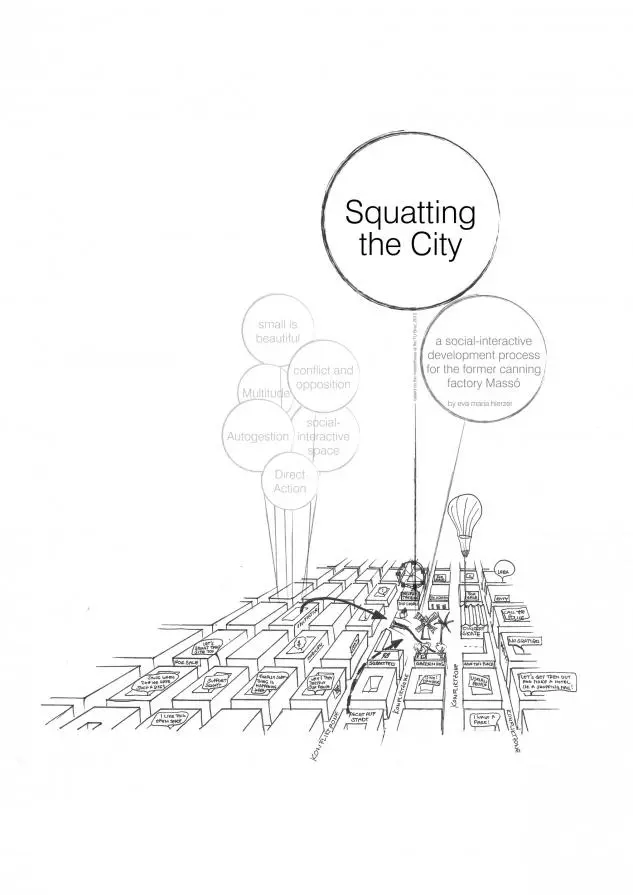
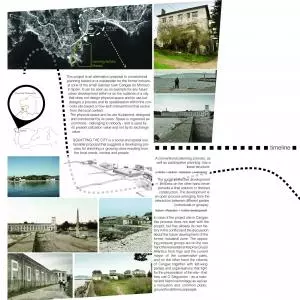
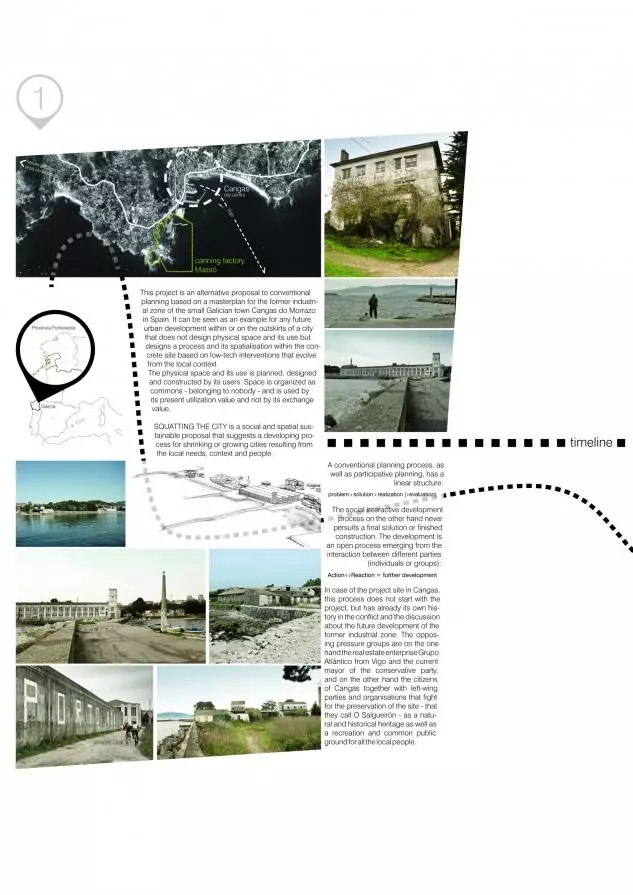
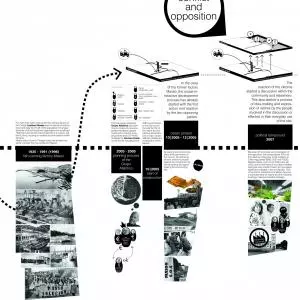


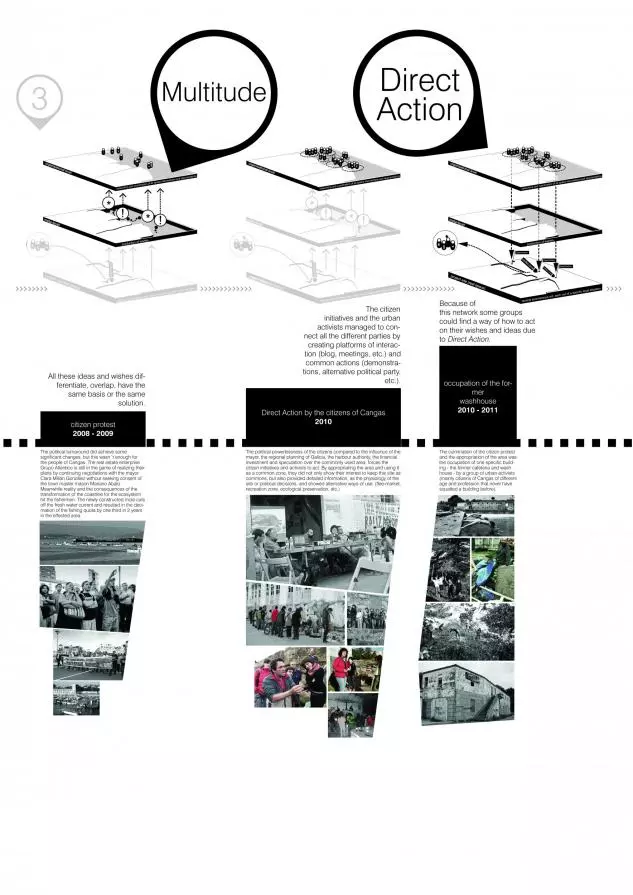
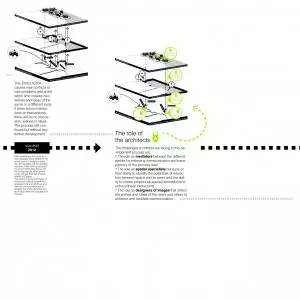
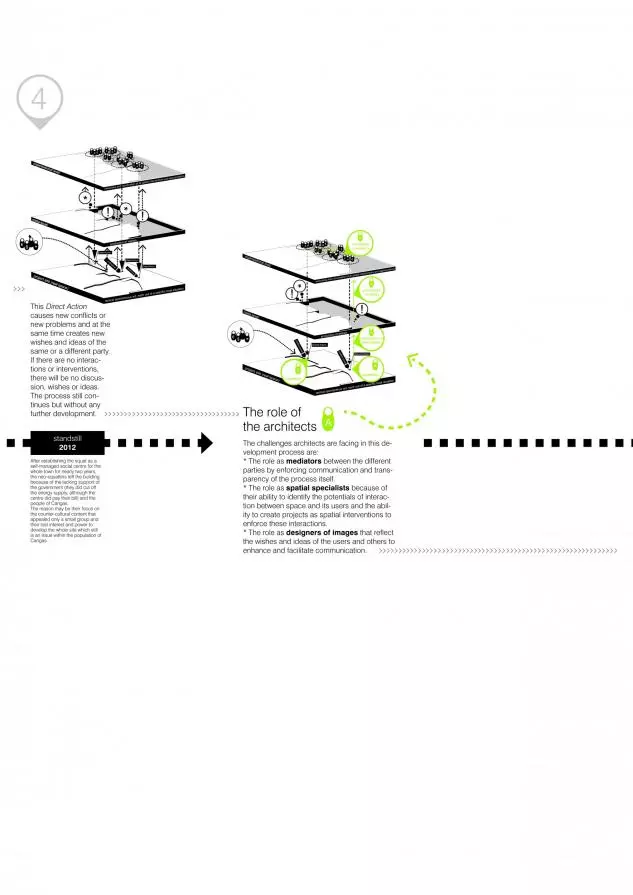

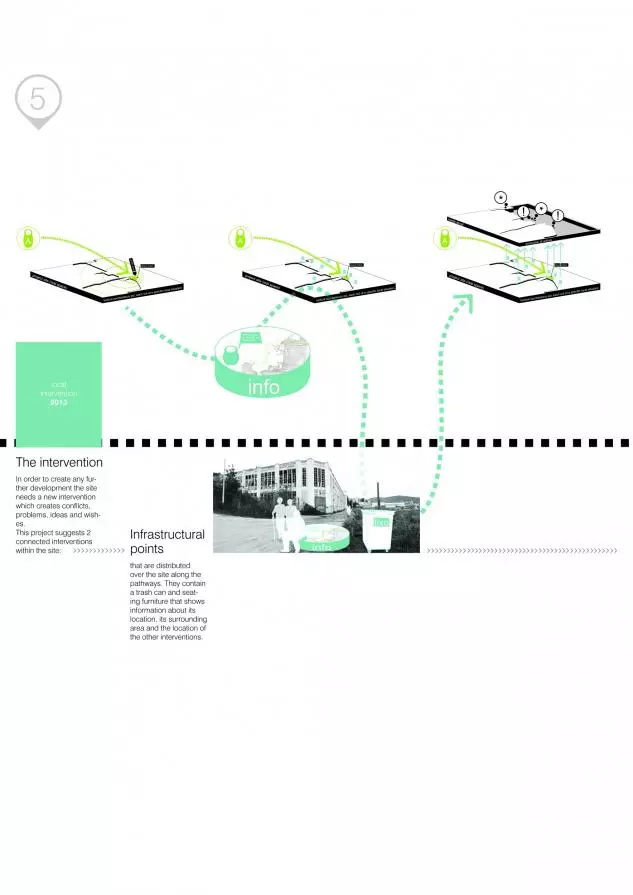
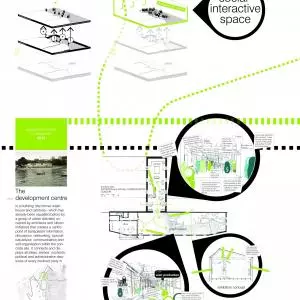
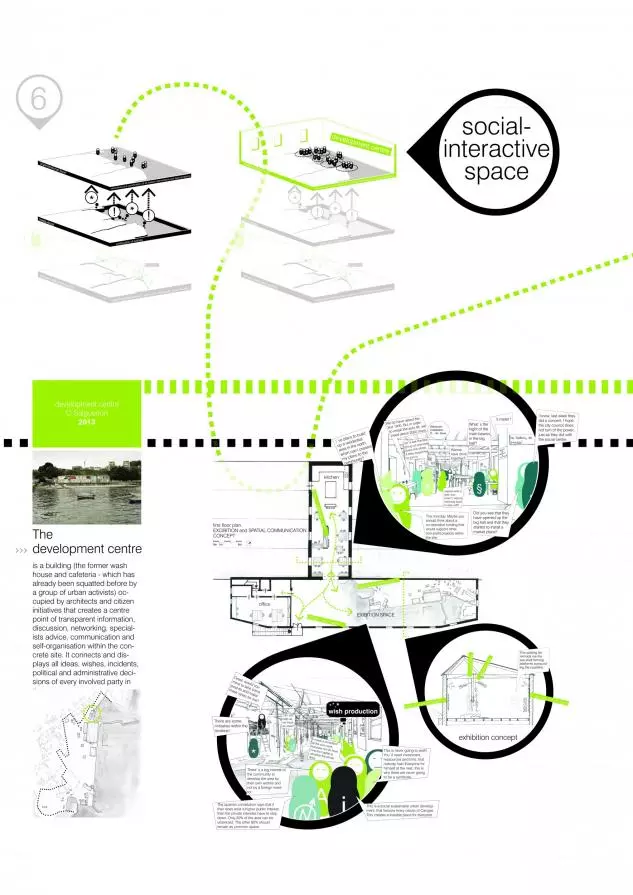
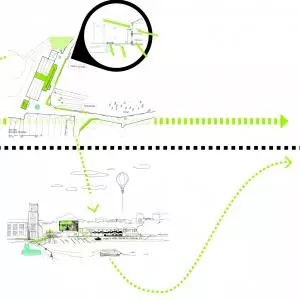
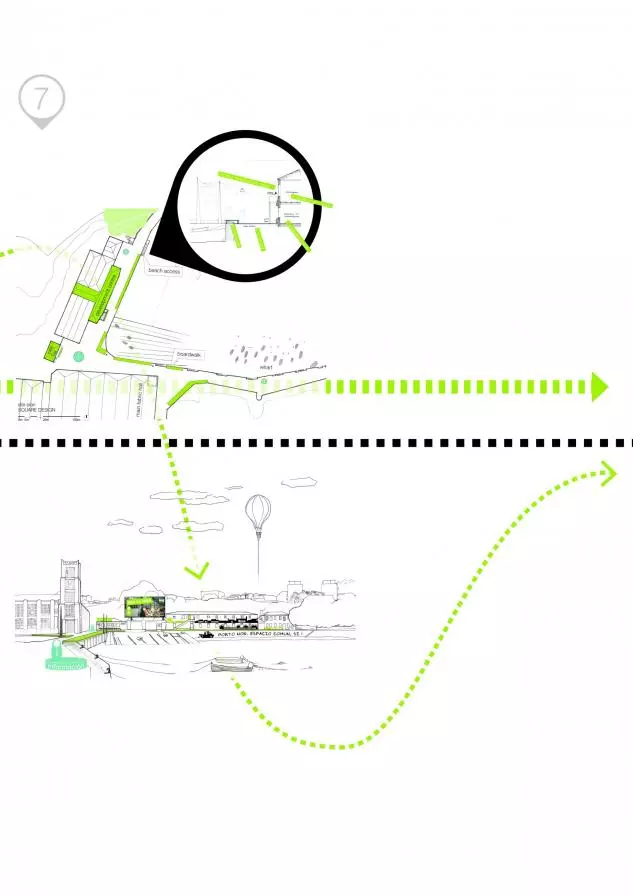
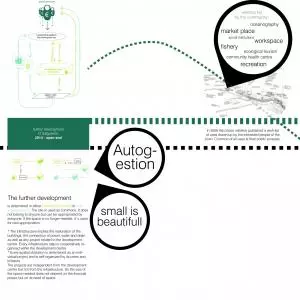
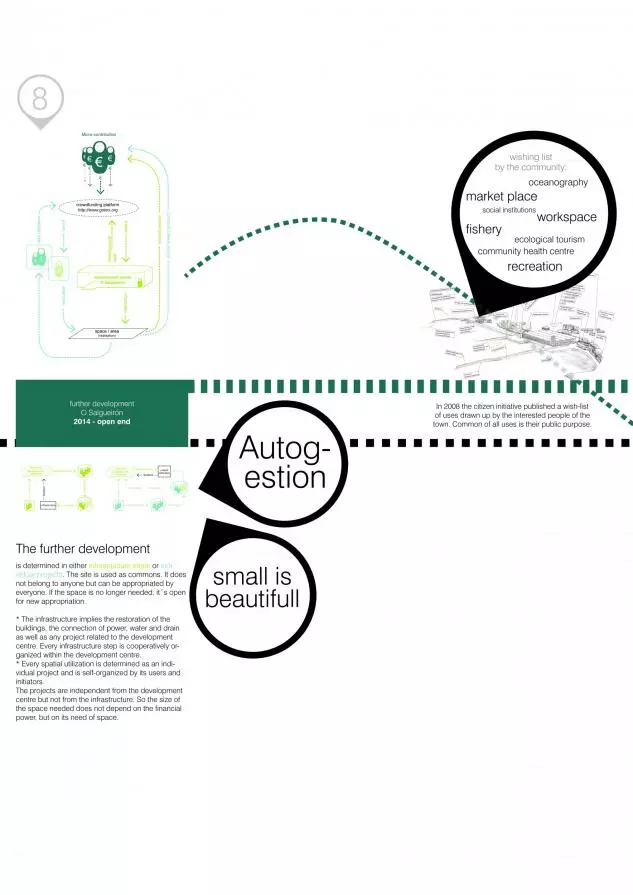
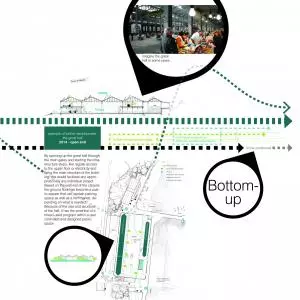
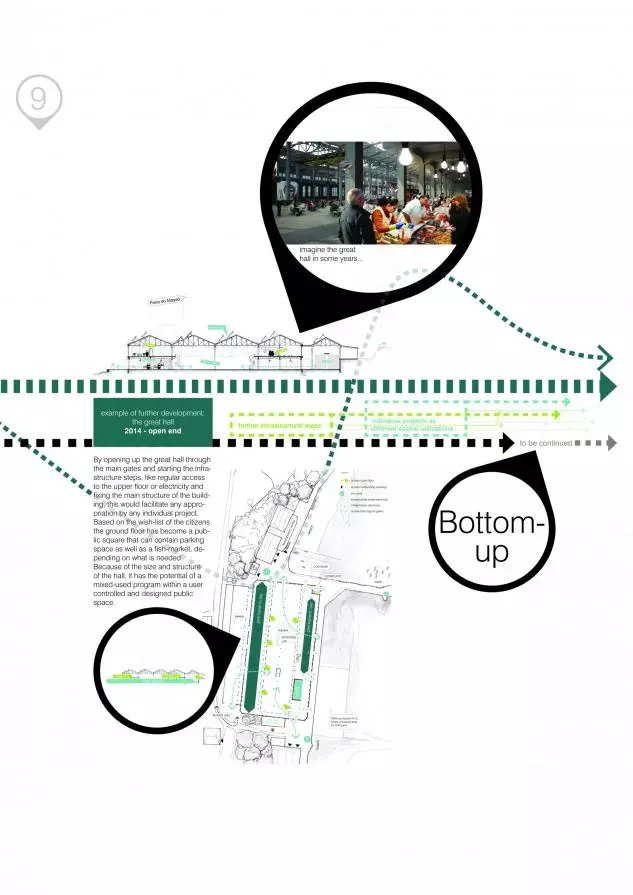







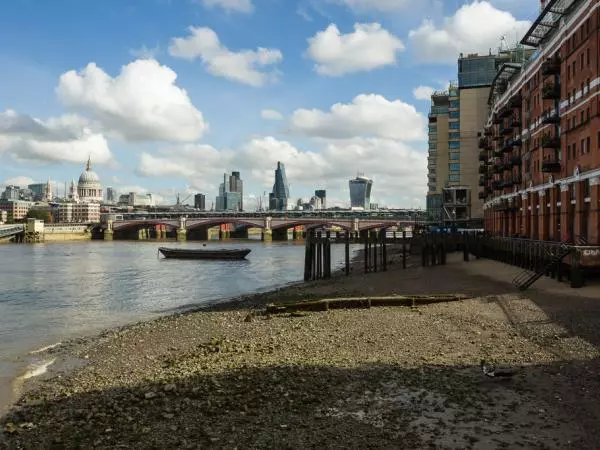
Commenti 1
Inserisci commento